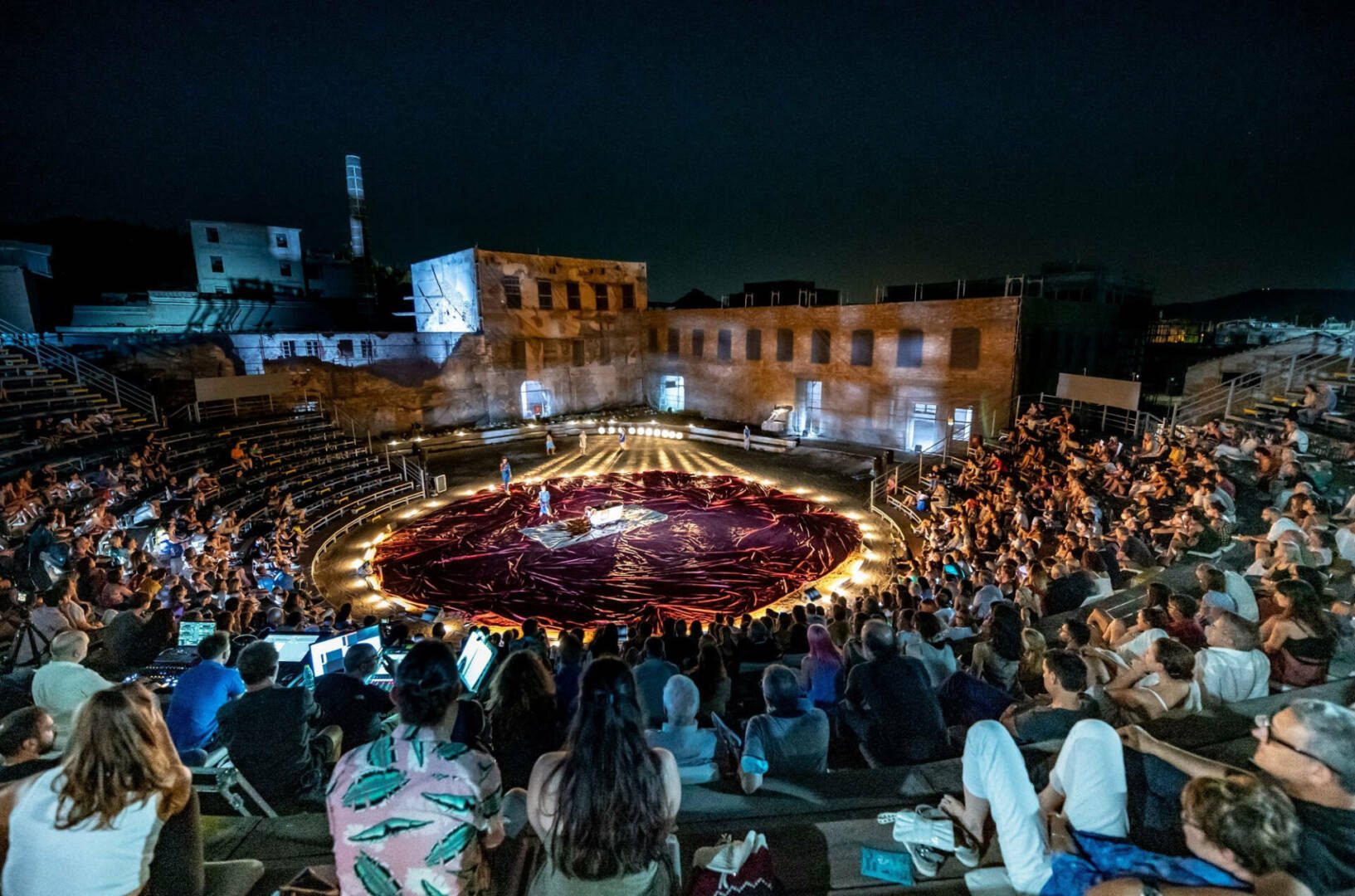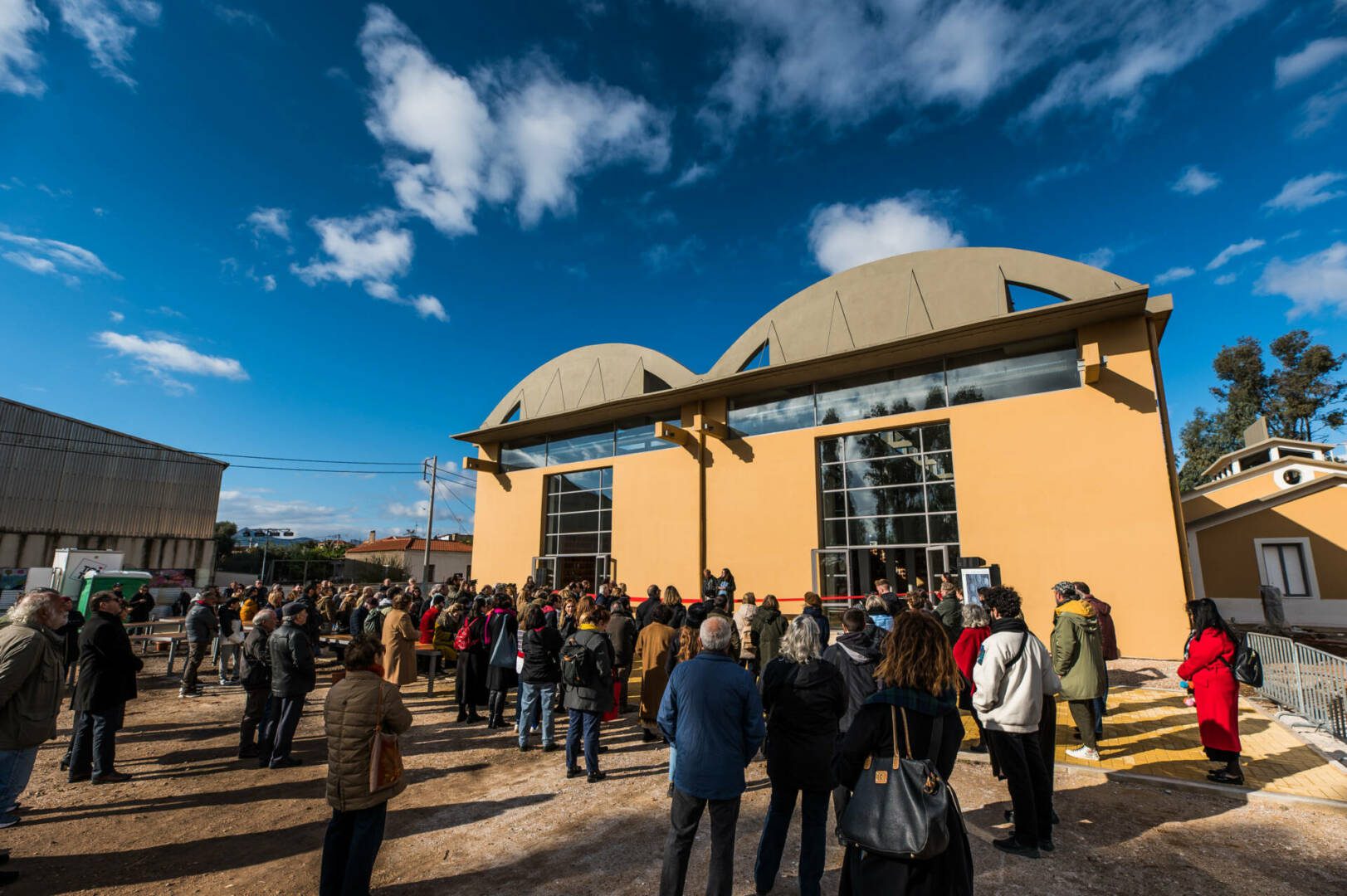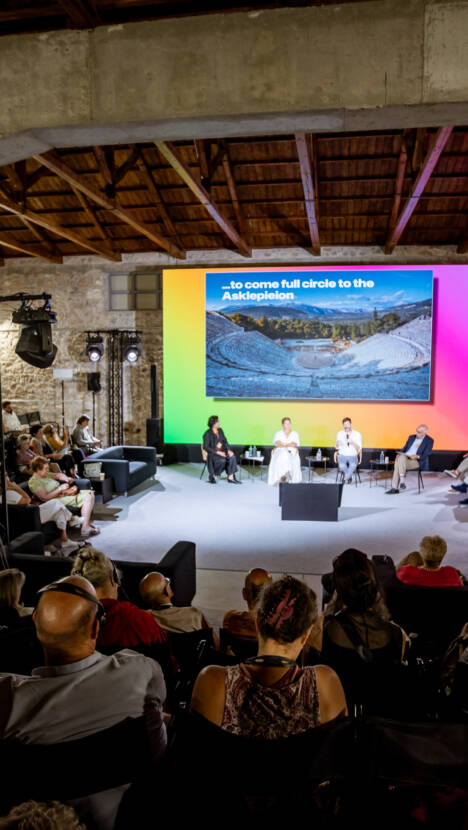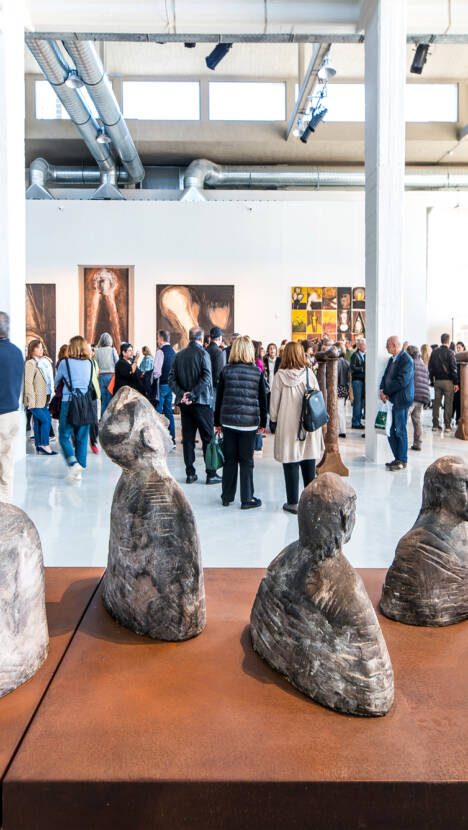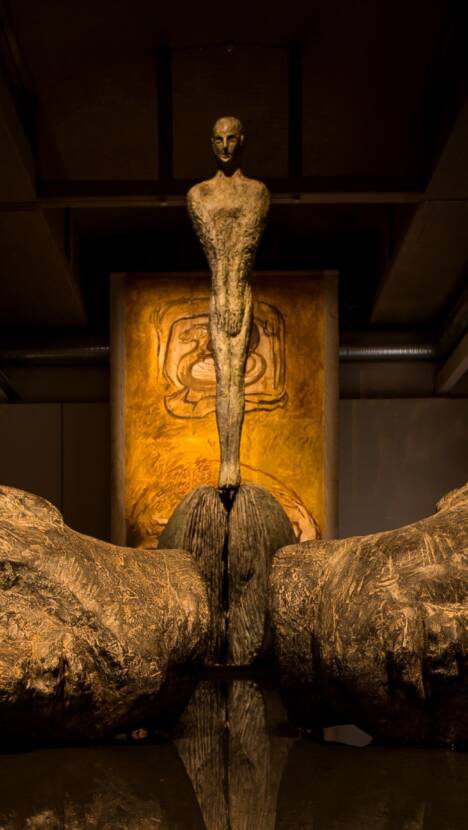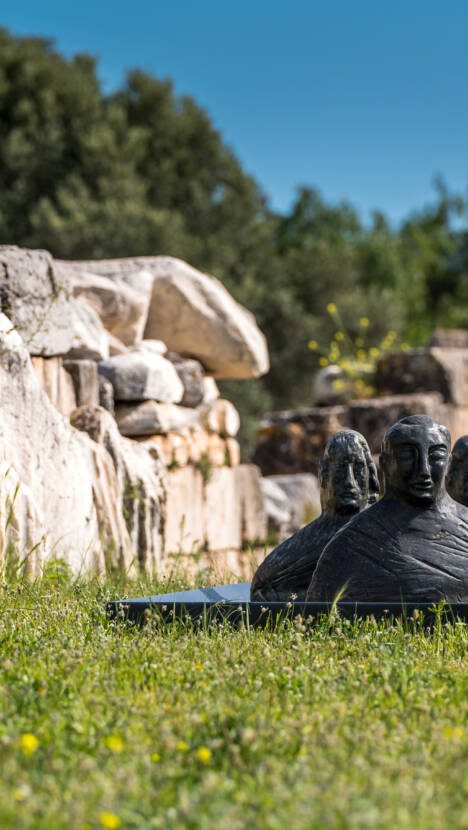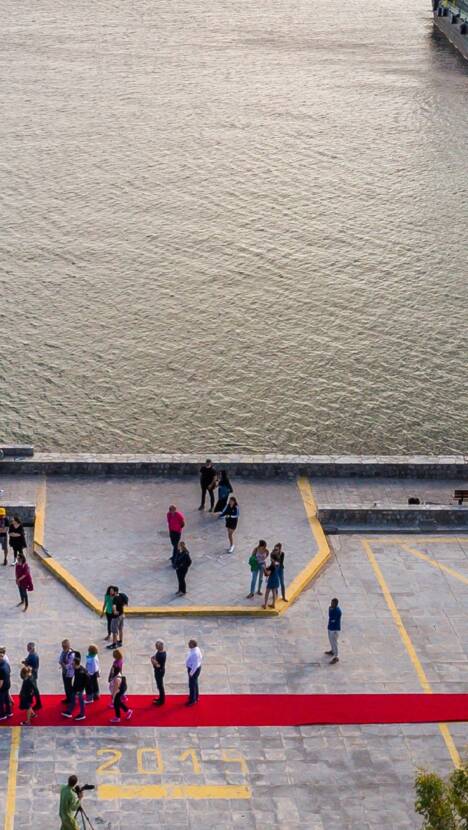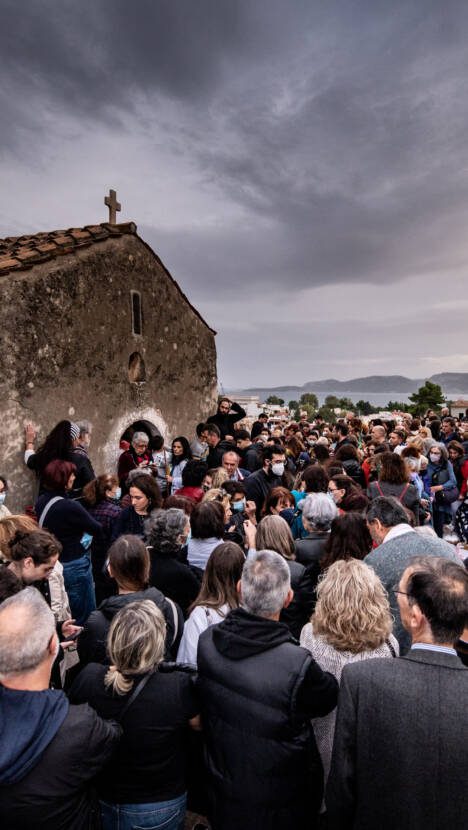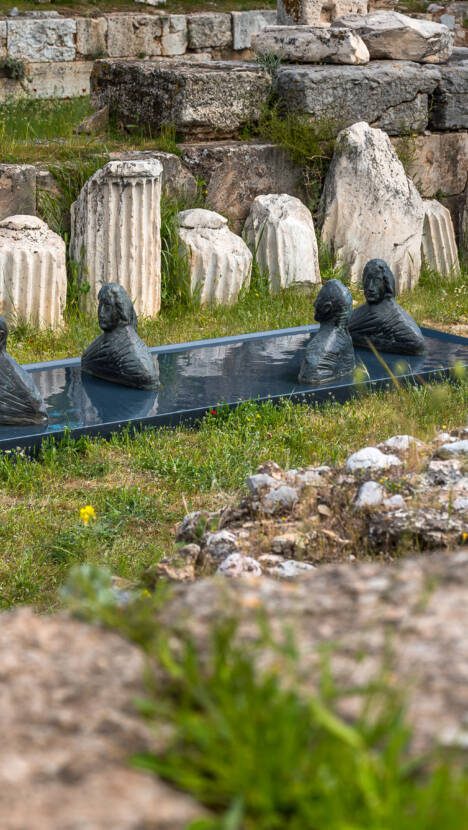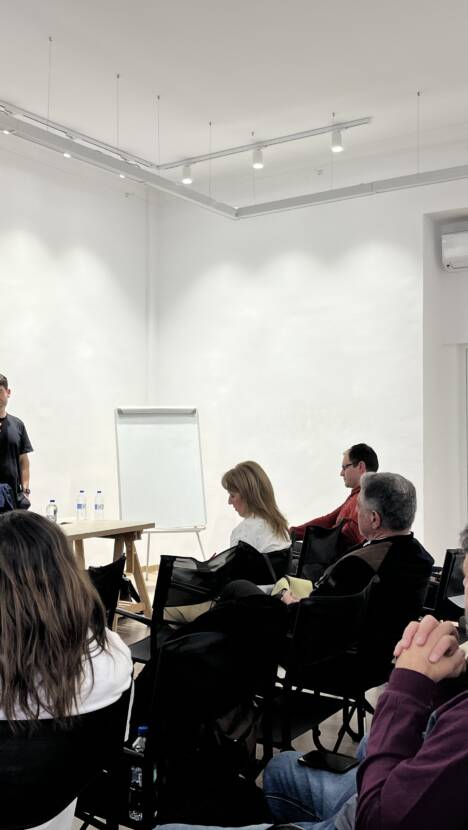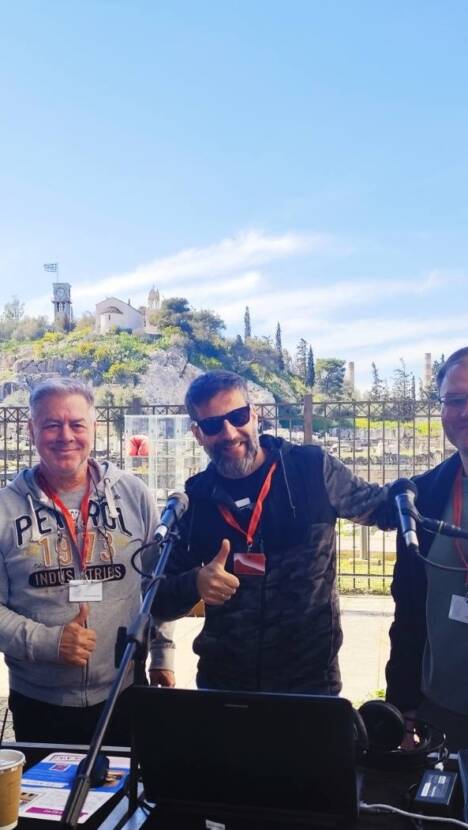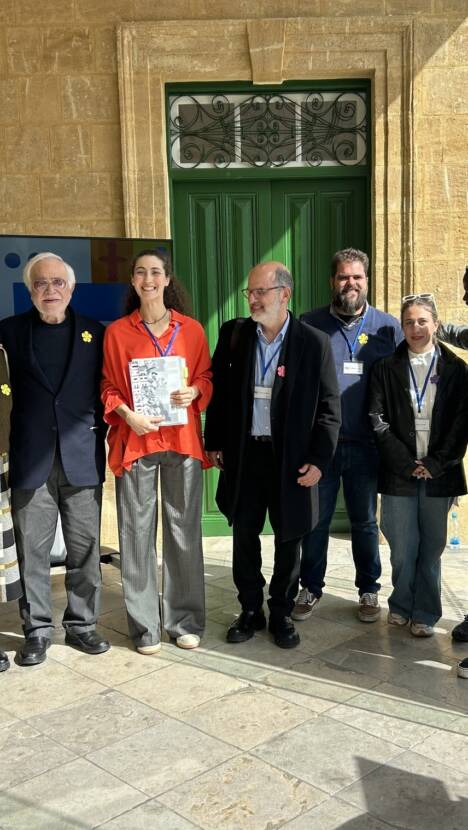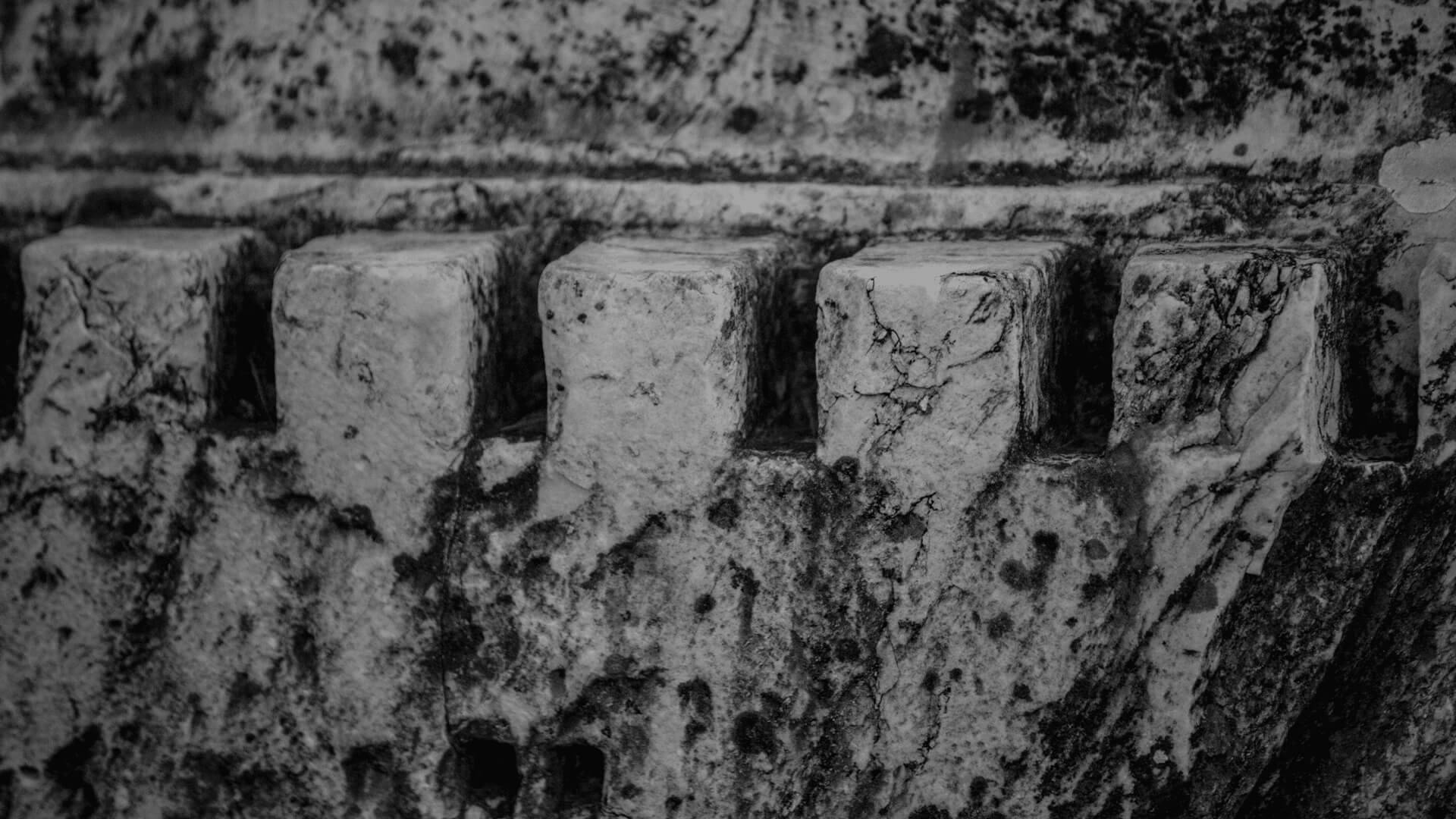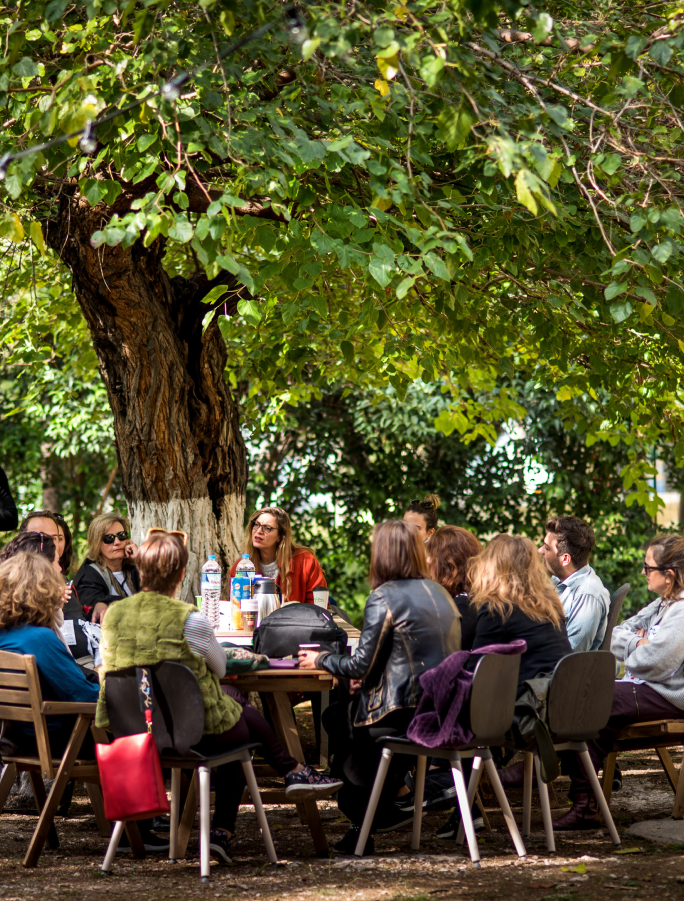Activating Heritage for Sustainable Urban Development
Barcelona, 10 of January. By introducing innovative architectural design solutions and helped by the application of cultural practices, HeritACT fosters common action towards creating a greener, fairer way of life in creative and inclusive societies. This initiative brings together 15 partners from 5 European countries, integrating 9 solutions and 7 digital tools to promote inclusive and sustainable heritage. Spanning three years, the project pilots in three European locales: Milano (Italy), Ballina (Ireland), and Eleusis (Greece), in alignment with the New European Bauhaus initiative.
Revitalization of Historical Urban Environments
HeritACT focuses on reactivating historical urban environments to foster sustainable urban development. The pilot projects in Eleusis, Milano, and Ballina exemplify this focus by engaging with historical buildings, neighborhoods, and cultural landmarks.
In Eleusis, the initiative aims to engage the city’s neighborhoods in cultural and urban planning initiatives, emphasizing inclusion through innovative sustainable design actions. Similarly, in Ballina, the project explores the potential of institutional buildings and sites to act as distributed centers for the EU Green Deal and the New European Bauhaus in Irish towns. Milano’s project emphasizes on the system of “cascine” as living historic heritage and cultural engines, reinstating ecological practices and collaborative design installations to rejuvenate urban areas.
Participatory Design and Citizen Engagement
Central to HeritACT’s approach is the involvement of local communities and stakeholders in the design and decision-making processes. This is achieved through the use of a set of digital tools and participatory methods that are encapsulated in the HeritACT Toolkit. Tools like the ParticiMap, NegoDesign, and DesignYourHeritage facilitate dialogues with local communities, enable participatory co-design processes, and provide platforms for collaborative geodesign methods, enabling the community and stakeholders to come together, collaborate, and reimagine urban spaces.
Integration of Innovative Architectural and Digital Tools
As mentioned, HeritACT introduces novel architectural and digital solutions to address urban sustainability and inclusivity challenges. This is manifested in the development of self-sustaining green walls, public-space shading systems, the re-activation of open spaces through NBS, pop-up interventions such as urban mobile furniture, small scale pavilions or temporary structures from recycled materials and various digital platforms that facilitate participatory design and assessment, addressing local challenges related to sustainability, wellbeing, and democratic, inclusive participation.
For instance, the SustainACT tool assists in mapping actions across Global Goals by developing an innovative tagging system. The UserSense tool emphasizes the use of dedicated sensors for psycho-physiological signals of users, enriching human-place interaction through augmented reality. The HERICraft tool, based on a Minecraft approach, offers a novel way to represent the cultural built environment, extending its application for urban regeneration projects. The ParticiMap Tool improves dialogue with local communities and stakeholders focusing on reusing cultural heritage. The DesignYourHeritage Tool provides a palette of NEB solutions together with the tridimensional model of the HeritACT pilots to boost participatory co-design processes through a gameful approach. The Fund4Act Tool enhances decentralized financing and acts as a facilitator of creative works, cultural products and sustainable solutions. Finally the NegoDesign Tool provides the community and stakeholders with a voice and opportunity to come together, collaborate, and negotiate through geodesign methods.
These tools and methodologies aim to provide a holistic approach to urban challenges, integrating architectural innovation with digital technology.
Collaboration and Project Partners
The project consortium comprises various universities, municipal councils, cultural organizations, and architectural studios from across Europe, each bringing unique expertise to the table. Partners include the University of Patras, University of the Aegean, Comune di Milano, Mayo County Council, Ideas for Change, the Institute for Advanced Architecture of Catalonia, LAND, Stefano Boeri Architetti, THINGS, Municipality of Eleusis, MENTOR, the European Network of Cultural Centres, Accelerating Change Together, 2023 Eleusis European Capital of Culture and the University College of Dublin.
About HeritACT
HeritACT has received funding under the HORIZON-CL2-2022 HERITAGE-01 program, with Grant Agreement Number 101094998. It aligns with broader European sustainability and cultural initiatives like the European Green Deal and the New European Bauhaus, endeavoring to shape a sustainable urban future through heritage activation and innovative design practices.
